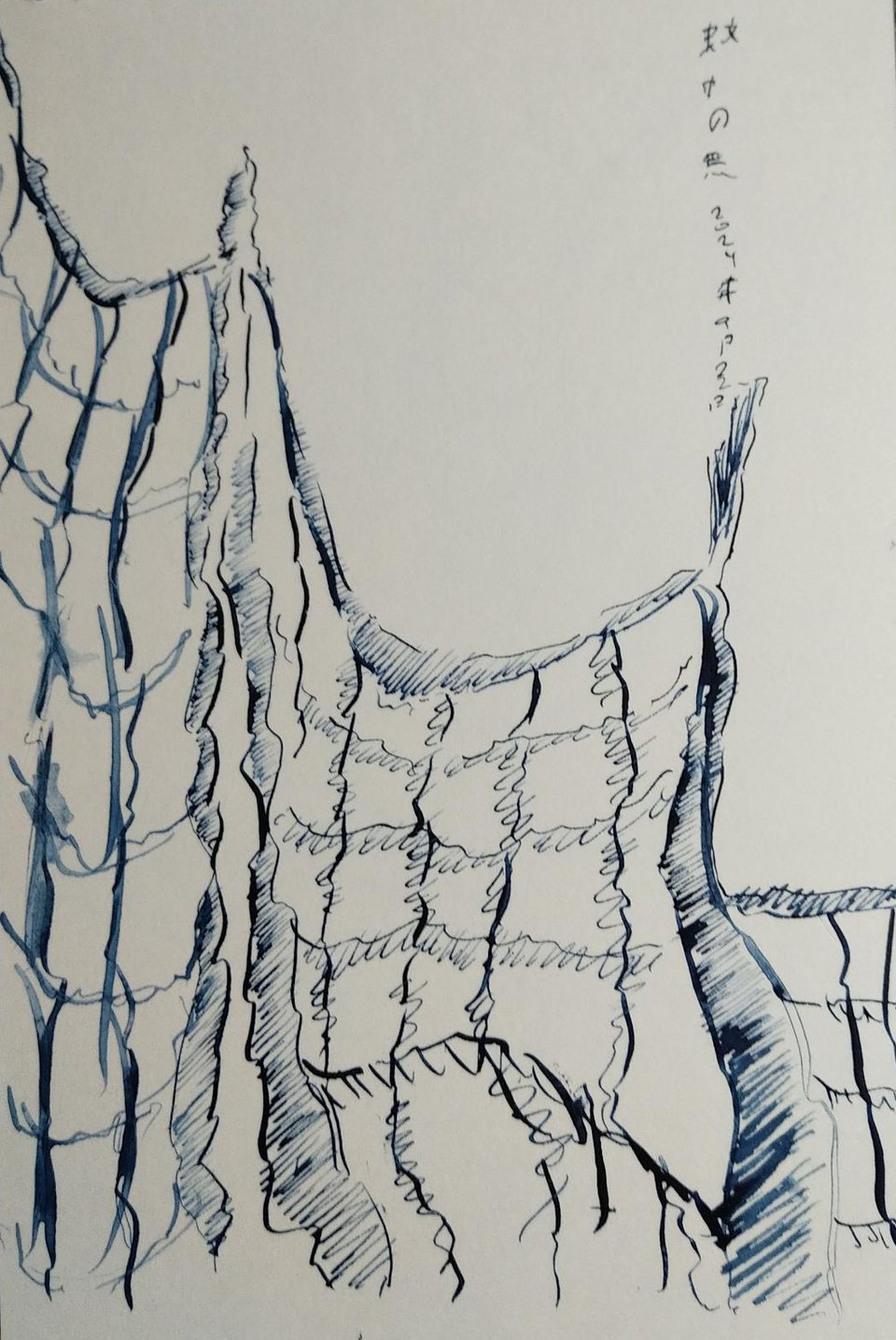
I promised there’d be more today on silica gravel and its significance for markmaking, so let’s not waste time. Consider this image, from a 2021 paper entitled “Self-care tooling innovation in a disabled kea (Nestor notabilis),” by Amalia Bastos and colleagues at the University of Auckland. Now consider Figure 6 (apologies, direct link is wonky) from a 2015 paper entitled “New Archaeological Evidence for an Early Human Presence at Monte Verde, Chile” by archaeologist Tom Dillehay and colleagues — Dillehay’s history with the site in question, which lies outside Puerto Montt in the Los Lagos region of Chile, goes back fifty years. While you’re at it, consider this correction to the Dillehay paper, which highlights a pair of accompanying figures. The format — stone artifacts knolled out[*] — is common in the archaeological literature, less so (perhaps unknown?) in avian ethology.
In the case of Bruce, a kea who was discovered having lost his maxilla or upper bill, the artifacts in question are pebbles from the floor of Bruce’s enclosure that the parrot used to preen himself for want of a bill (he appears to look for pebbles with a suitable wedge or conic shape, secures the broad end between the inferior side of his tongue and his lower bill, and uses the tip in lieu of a bill tip to comb his coat for nits and debris).
In the case of the Monte Verde debris assemblages, the pebbles in question are proposed to represent manuports, things carried by hand, retrieved from the banks of a nearby river and transported back to camp — the camp in question is believed, on the basis of calibrated radiocarbon dating, to date to at least 14,500 years ago. Some of them, as figures 7 and 8 from the Dillehay paper show, exhibit signs of knapping and retouch — that is, they’ve been altered to enhance their value as scraping or cutting tools.



Parrots in the broad usage (order Psittaciformes) and tooling is nothing new (as for the distinction between tooling and tools, we’ll get to that eventually, in some other edition, perhaps). The past couple years it’s felt like you can’t go a week without seeing some breathless coverage of a study of how captive parrots or cockatoos use pins to retrieve hazelnuts from gated enclosures, cooperate to remove the lid from a container when the mass of the thing would be too great for any one bird, exhibit awareness of how blocks of different shapes fit into complementary recesses, independently discover the Towers of Hanoi algorithm, etc. And there’s nothing surprising about finding worked pebbles, drilled and incised shells, or other specimens of manufacture at the campsites of late Pleistocene humans. Still, I am struck by a resonance. Certain stones, sticks, bits of debris just seem to call out to be picked up — I’m not talking about “affordance,” what calls us is not some prenoietic awareness of how we might use the thing in question. That comes later. What comes first is simply a desire to hold it in the hand (bill), to feel its tactile otherness, its hardness — and perhaps to mark the body (or some other part of the world) with it.
And perhaps there is not much more to say, for now, on this theme. Next week we’ll go in a different and with luck more promising direction.

[*] Many thanks to the reader who appreciated my use of deliquescence (sensu recursive division of stems in a vascular plant to form a canopy) in last week’s edition. This has encouraged me to embrace obscurity. Here knoll (knolled, knolling) refers not to “setting ~ atop a small hill” but to “arranging the contents of a container, carrier, or collection (mutatis mutandi, the components of a complex) in a grid for presentation.” The etymology has nothing to do with hills — in fact it derives, indirectly, from the Knoll furniture brand, and as the story has been reported a bunch of places no doubt you can find it if you’re interested.
